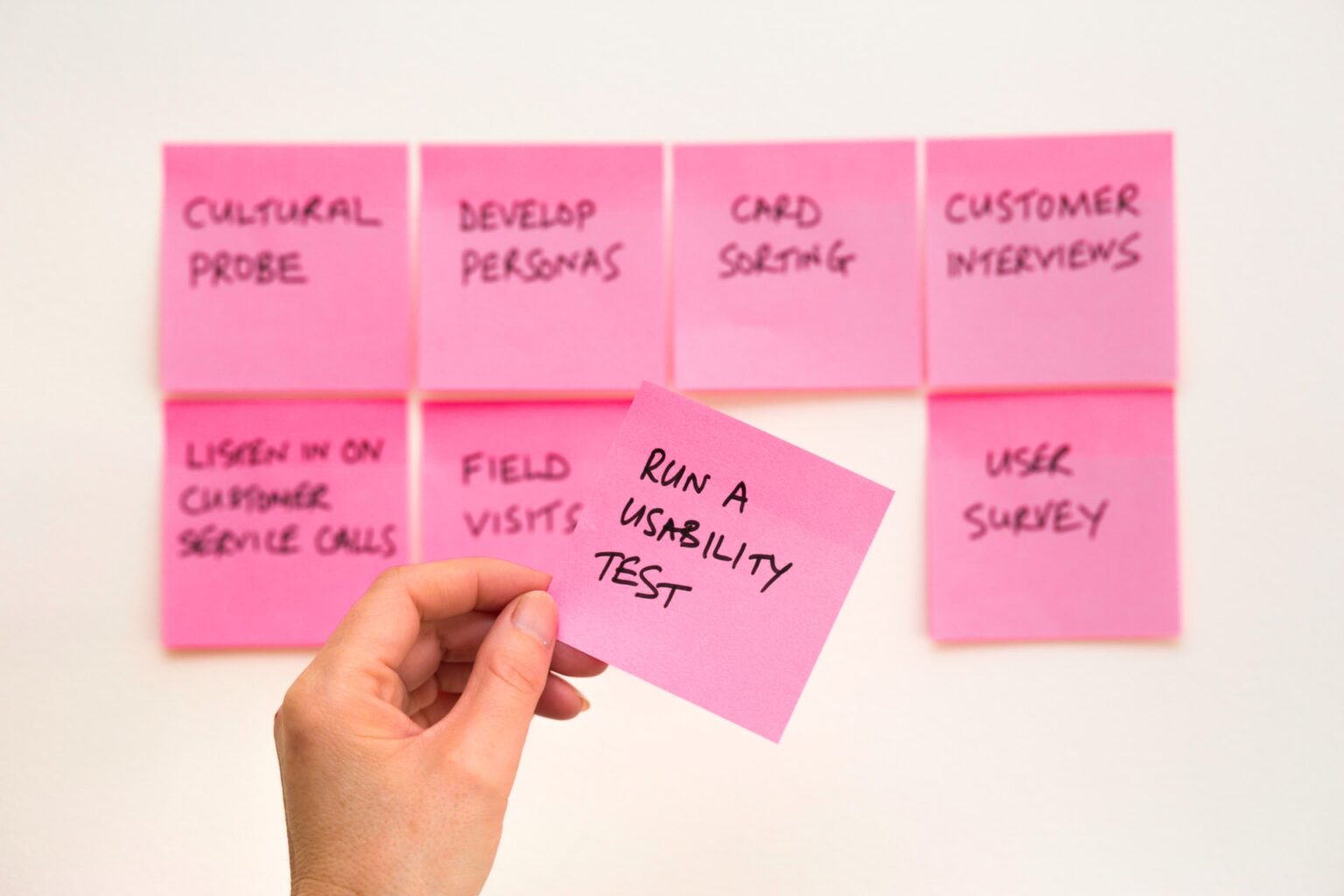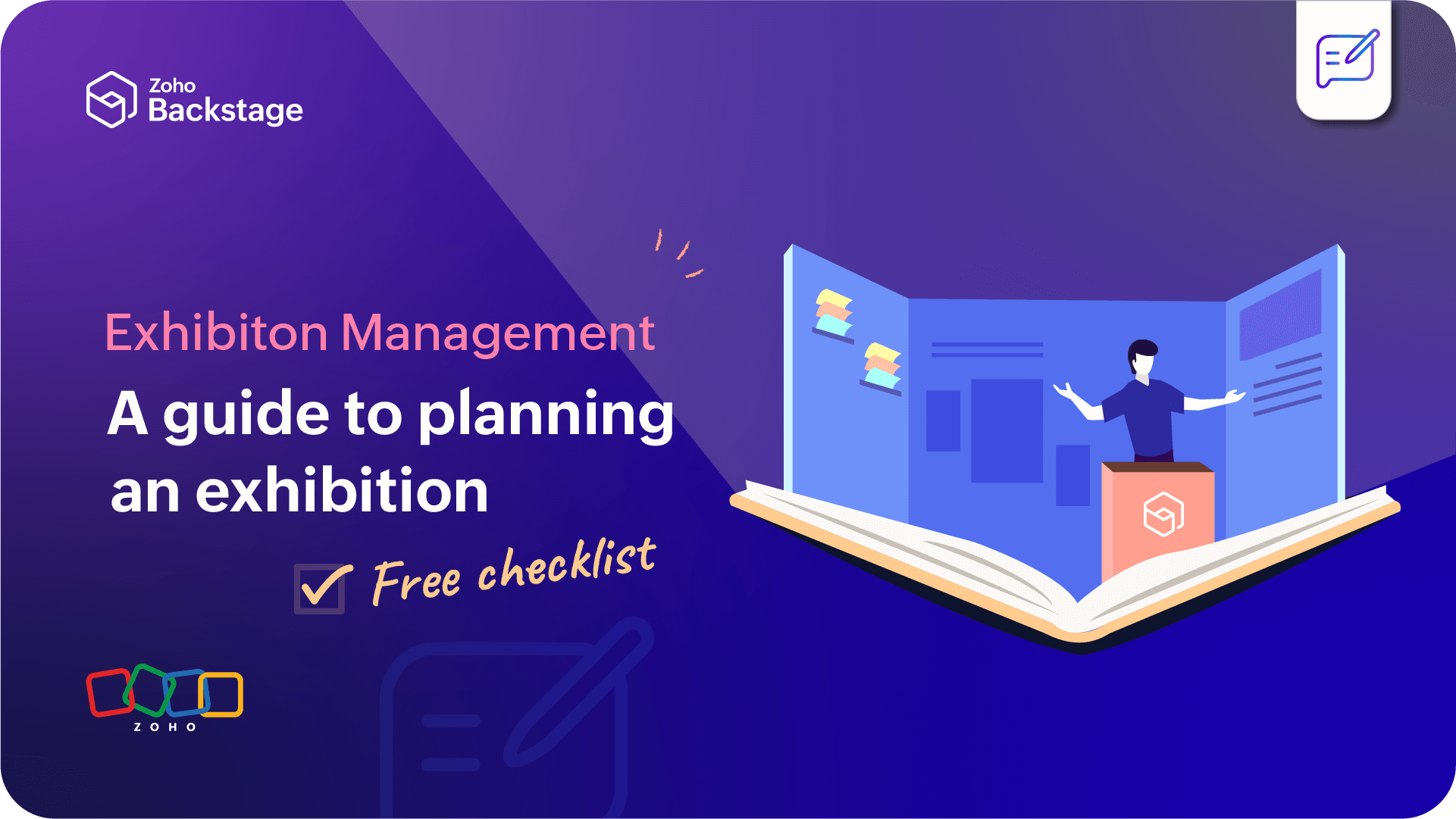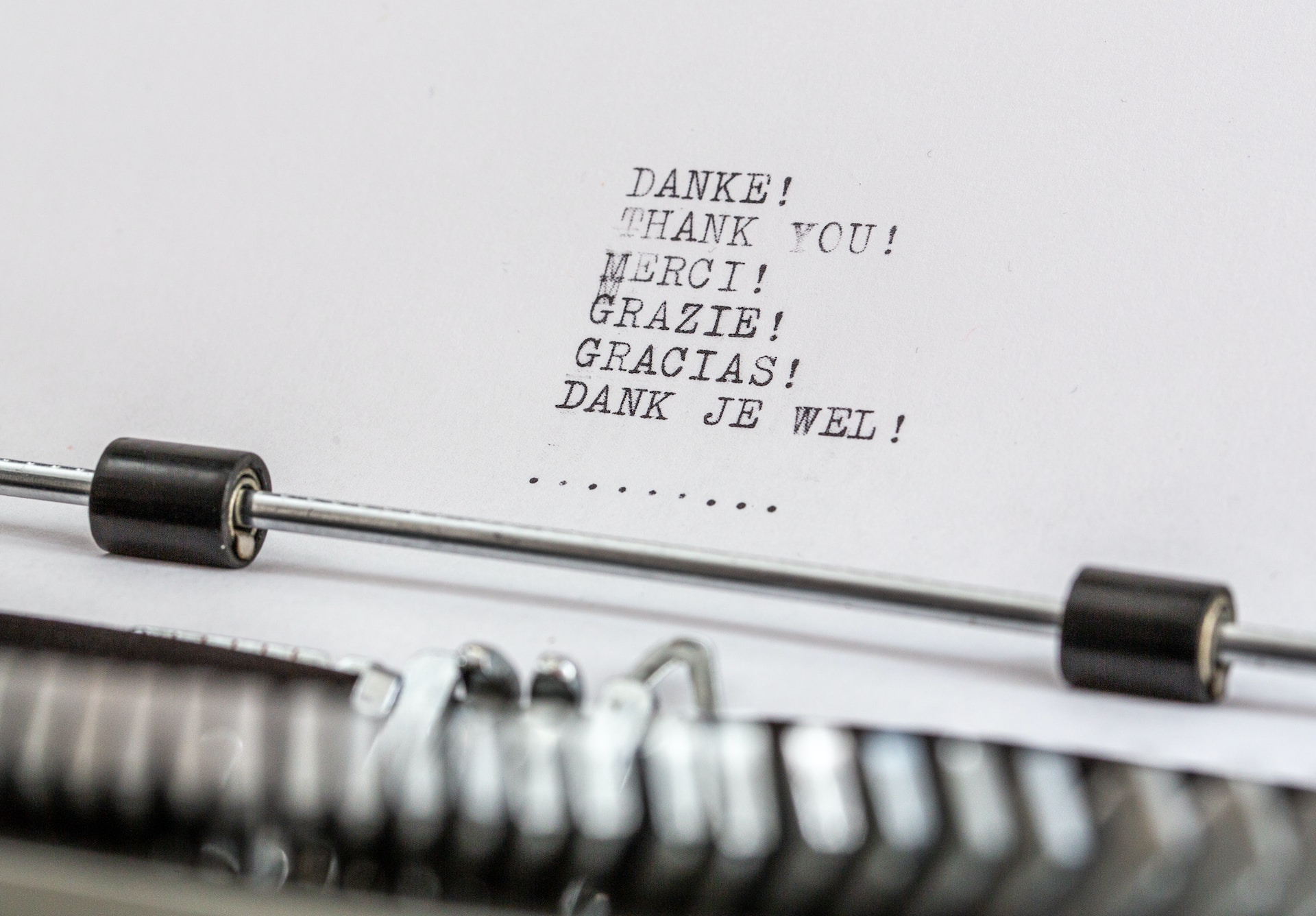- HOME
- Management
- Why agile planning can help event organizers adapt better
Why agile planning can help event organizers adapt better
- Last Updated : August 18, 2023
- 6.4K Views
- 8 Min Read

Event organizers deal with quite a bit of unpredictability from the beginning of an event to its very end. That’s why anyone in the event industry will tell you how absolutely important strategies like risk assessment and contingency planning are to cope with unforeseen instances. However, while we’ve perfected our backup plans, our approach to the process of event planning hasn’t changed much in the last few years.
Most of us still follow the traditional method of event planning—also called the waterfall method—where we approach it in a linear way. It’s a sequential plan to satisfy client requirements, each phase depending on the previous one, so challenges that arise midway are quite difficult to manage. Sometimes, the client’s requirements might change halfway through the event and we might not be able to respond fast enough or adapt the plan to suit them.
Agile methodology, on the other hand, stresses continuously improving our process and, at the same time, accepting change. As the requirements of an event constantly evolve, agile planning can help event organizers be flexible with their plans and ensure their event thrives, even in times of uncertainty.
Why should event organizers go agile?
Agile methodology finds its origin in the software industry because of what is commonly called the “application delivery lag”—it took around three years to build an application for a current business need, so by the time it released, the application was already outdated. Enter the Agile Manifesto with its 12 principles that stressed being iterative (repeating the steps over and over to refine the process) and not just allowing for changes in the plan but embracing them if they benefited the user.
Today, a lot of other industries including aerospace, pharmaceuticals, construction, and more have already switched to the agile method stating it improves team collaboration, saves time, and reduces risk. Here are three reasons why agile methodology is an asset for event professionals.
Better transparency
Agile teams are in constant touch through daily check-ins and frequent meetings. So everyone knows what’s happening with the event—at what stage it is, what needs be done, and what issues have been solved. Everyone is always in the know and no one misses out on any critical information. At the same time, you also keep the client and other stakeholders involved in the event with routine meetings.
This level of heightened transparency comes with a lot of benefits—it minimizes redundancy, increases team spirit, and improves efficiency at work. It also reduces communication errors as all stakeholders, internal and external, are aware of everything related to the event.
Better flexibility
As most of the work is done in blocks simultaneously instead of one after the other in a linear process, it’s easier to be flexible with your plan. Event planners can also be more decisive and even move the entire event in a different direction if the client’s requirements change. This is because, with agile planning, multiple tasks are done in tandem—the planning duration decreases, and elaborate changes take less time than usual. Since the entire project is a series of sprints (with a set of tasks), the chances for your entire event to fail will decrease. There will be more time to identify risks and respond to them.
Agile planners are also better suited to adapt to changing trends in the industry. They don’t just accept change, they anticipate it—especially if the change benefits their attendees—so they’re the first ones to keep pace with the latest developments, be it in event tech or otherwise. By being agile, you not only make your current event thrive, but you also constantly improve your event strategy—this means every event becomes better than the previous one.
Better learning
Agile planning stresses getting the work done on time when the need is there—even if this means you haven’t perfected it. So there is always scope for more learning and improvement. It stresses feedback, self-assessment, and reiterations—the process never ends. Every time you host an event, you study it for flaws and fix them in the next one. This way, you stay in touch with the times, relentlessly refining your strategy to ensure that your events never go out of date.
Subscribe to The Green Room
Sign up here and get all the most relevant MICE industry content delivered right to your inbox once a month.
By submitting this form, you agree to the processing of personal data according to our Privacy policy.
A step-by-step guide for agile event planning
A study by PwC states that agile projects are 28 percent more successful than other traditional projects. This is, more or less, due to its people-centered approach that places more value on customer (in this case, attendee) satisfaction than processes and tools. In agile, if something benefits your attendees, you work it into your plan. To make this process a little easier, you could also try design thinking when identifying your problems and framing solutions. Here, we break down the agile approach into six steps that you can easily implement when planning your events.
Define your goal
First, decide what you want to achieve with your event. Are you looking to solve a problem? Do you have any particular target to reach? Does your client have a particular requirement? By understanding why you need to host an event, you can figure out how to proceed with the execution in the most efficient way. It will also help you explain the event better to your team.
Get your team on board
The next step is explaining the agile framework to your team. For the process to be successful, your team has to give you their complete and unconditional support. You cannot pull this off by yourself. Give them a rundown of the process so they know what to expect.
You can also appoint someone as the Agile Manager or Agile Advocate to help make the transition easier. However, it’s important to remember that agile teams are not hierarchical in nature and it’s better to be less rigid there. Instead, encourage your team to be self-organized and accountable for their work.
Plan your roadmap
Now that your team knows how to proceed, the next step is creating a tentative schedule for your event marking important milestones, and adding deadlines for them. Then, prioritize the items on the roadmap and further break down each milestone into more tasks. You can break the tasks into as many sub-tasks as you want. The idea here is to create a workable strategy for your event planning that you can easily follow.
Schedule your sprints
In the agile method, work is done in chunks in stages that are otherwise called Sprints. Sprints are repeated every one to four weeks where you achieve a small goal in every sprint. These small achievements when put together will help you reach your final goal or target. This is an easy way to get visible results and stay motivated throughout the process. It also makes the process of event planning less intimidating.
In every sprint, you decide on the activities to be completed. At the end of the sprint, you can evaluate not only its success but also the efficiency of your process. For example, if ticket sales are on a downswing in the current sprint, you can modify your strategy and process to make it better in the next one. Some points to remember when planning your sprints are:
Make all sprints the same length so it’s easier to analyze their success
Keep targets realistic so they’re achievable
Involve your team and get their input when planning the sprint to increase team collaboration
Schedule regular meetings to track the progress of the sprint
You can use a simple spreadsheet to track your sprints. However, if you’d like to be more organized and get better reports on your sprints, you can use tools like Trello, JIRA, or Zoho Sprints.
Check in with all stakeholders
Communication and collaboration—these are the two cornerstones of the agile framework. That’s why most agile practitioners meet as a team at least once a day (mostly in the morning) to catch up on what’s happening on the sprint. You can use these daily meetings to address important issues, brainstorm ideas, and inspect the tasks. This is a good way to keep the team on track and address all issues as and when they arise.
You can also hold regular meetings with your client every few days so they are up to date about the latest event happenings. Not only will they get a clear picture of where the event is headed, but they can also give you their suggestions in the early stages itself when it will be easy for you to make the changes.
Review your work
Once your event is over, study your data to find the weak links. Use surveys to get feedback from attendees, talk to your sponsors and partners, and, most importantly, document all your findings. Once you’re done analyzing your event, debrief your team and fine-tune your event strategy based on what you learned from it.
Finally, going agile isn’t a magic potion that completely removes risk from your event. What it does is make it easy to identify the risks so you can address them in the early stages of your event planning. Also, switching to the agile planning framework might seem a little complicated at the beginning. To make this process a little easier, you could also try design thinking when identifying your problems and framing solutions. If you’re worried about making the switch at one go, you can take it one step at a time by adding the elements you find most advantageous first. Alternatively, you can combine your favorite elements of both methods—the old and the new—to create a process that best suits your needs. After all, it’s the results that matter most, not the process.
If, like us, you're more of a social person, let's connect on Twitter (@ZohoBackstage) and we'll keep you up-to-date with all the latest event news.
 Nisha
NishaMarketing and content at Zoho Backstage. Cultural misfit. Armchair traveler. Productivity geek. Sometimes, I write poetry. Sometimes, it rhymes.








